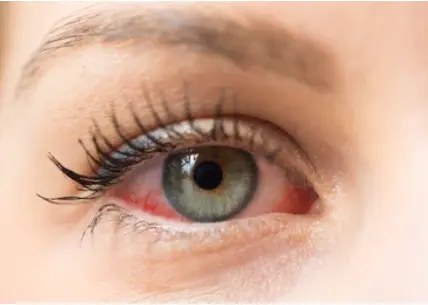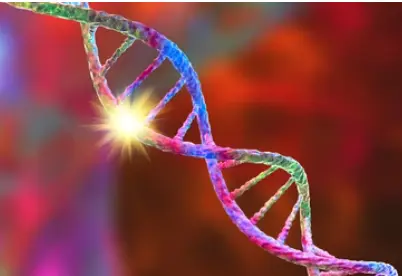 Welcome
Welcome
“May all be happy, may all be healed, may all be at peace and may no one ever suffer."
- A
- B
- C
- D
- E
- F
- G
- H
- I
- J
- K
- L
- M
- N
- O
- P
- Q
- R
- S
- T
- U
- V
- W
- X
- Y
- Z
Non-small cell lung cancer - Generics
Non-small cell lung cancer (NSCLC) is a type of lung cancer that accounts for approximately 85% of all lung cancer cases. NSCLC is categorized into different subtypes based on the type of cells in which it originates, including adenocarcinoma, squamous cell carcinoma, and large cell carcinoma.
Symptoms of NSCLC can include coughing, chest pain, shortness of breath, hoarseness, weight loss, and fatigue. However, many people with NSCLC may not experience any symptoms until the cancer has advanced to later stages.
Treatment for NSCLC depends on several factors, including the stage and location of the cancer, the patient's overall health, and the presence of specific genetic mutations. Treatment options may include surgery, radiation therapy, chemotherapy, targeted therapy, and immunotherapy.
Early detection and diagnosis of NSCLC are crucial for improving outcomes and increasing the chances of successful treatment. Regular screenings with low-dose computed tomography (CT) scans are recommended for individuals at high risk of developing lung cancer, such as current or former smokers. Additionally, avoiding tobacco use and reducing exposure to other lung irritants, such as air pollution and secondhand smoke, can help reduce the risk of developing NSCLC.

Cervicitis

Uterine bleeding

Scabies

Flatulence

Miosis

Delirium

Hemophilia A

Vitamin A deficiency
Non-small cell lung cancer, নন-স্মল সেল ফুসফুসের ক্যান্সার
To be happy, beautiful, healthy, wealthy, hale and long-lived stay with DM3S.